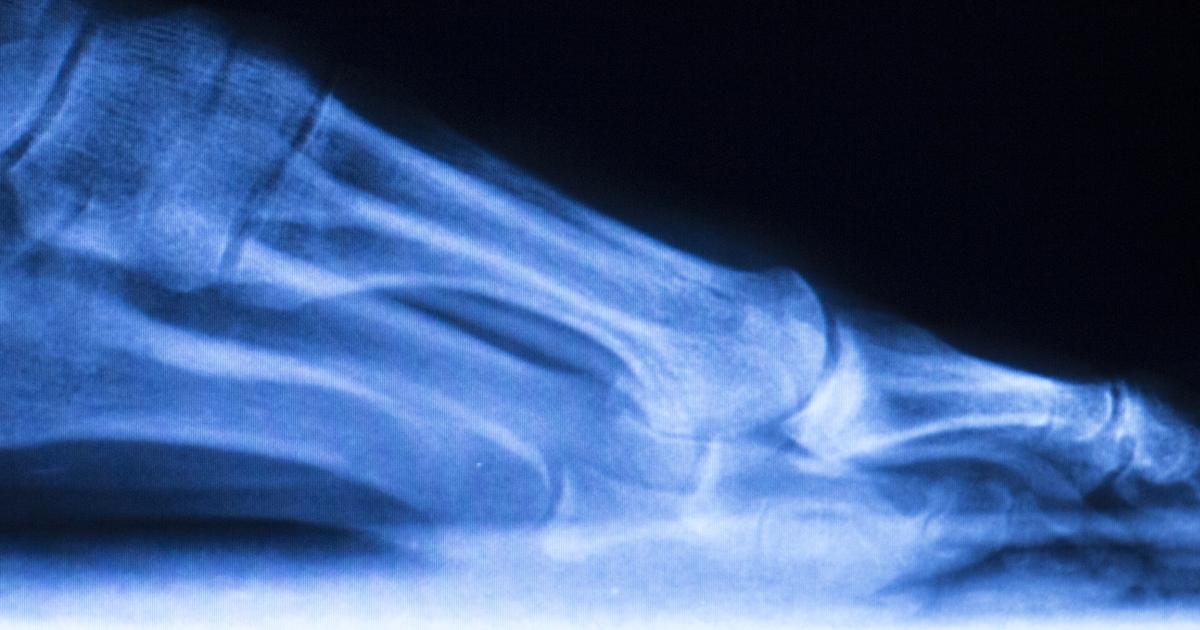What Are The Causes And Complications Of Charcot Foot?
Charcot foot is a complication that occurs in individuals with peripheral neuropathy that involves an inflammatory process affecting the soft tissues of the ankle or foot, bones, and joints. Peripheral neuropathy is a condition characterized by a loss of sensation in the feet from incurred nerve damage in the feet and lower legs. Charcot foot occurs in three stages. Fragmentation and destruction is the first stage and is characterized by small bone fractures, soft tissue swelling, and complete joint destruction. Coalescence, the second stage, is where the body attempts to heal the first stage damage where the bone and joint destruction slows down. Reconstruction is the third stage where the bones and joints of the foot heal themselves up, but not back to their original shape or condition. No further damage is incurred to the foot, but it is left in a weak and deformed state.
Several factors cause Charcot foot, and it can cause long-term complications. Learn about this now.
Rocker Bottom Deformity

Rocker bottom deformity is a common complication that occurs in individuals affected by Charcot foot. This deformity is best characterized by a very pronounced heel bone, and a bulging rounded bottom of the patient's foot. As the joints in the ankle and foot of a Charcot foot patient start to weaken, the joints can become dislocated or collapse entirely. The bones can become fractured without the affected individual knowing about it since their peripheral neuropathy has caused them to have diminished sensation of trauma, pain, and temperature in their foot. The patient keeps walking on the foot and using it like normal, causing the deformity and disorder to progress. The arch of the affected individual's foot caves in, causing it to collapse down under the level of which it would be flattened. This process creates an appearance similar to the leg of a rocking chair. Most individuals who have rocker bottom deformity precipitated from Charcot foot will need surgery to correct the deformity.
Read more about the causes and complications of Charcot foot now.
